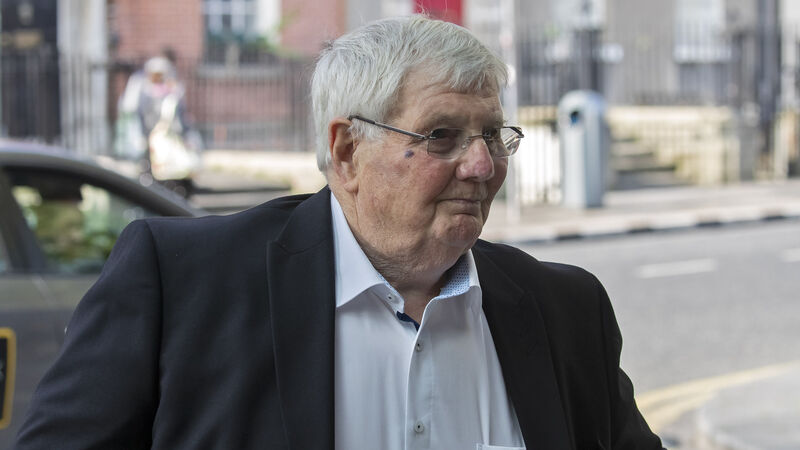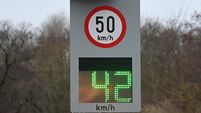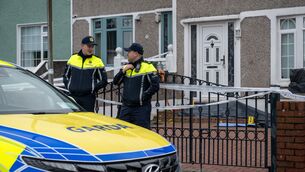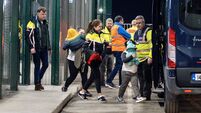Half of Stardust victims found between locked exit doors, inquest hears

Former manager Eamon Butterly also told the jury that keeping exit doors locked on disco nights was 'unsafe' and that the 'consequences would be bad' if the doors were locked during an emergency. Picture: Colin Keegan/Collins
Half of the people who died following the Stardust fire were found in a location between a number of exit doors that were “locked when the fire broke out” and they “could not escape”, court heard today.
Des Fahy KC, representing some of the families of victims, put this to former Stardust manager Eamon Butterly before the fresh inquests for the 48 people who died, but Mr Butterly denied the assertion and said the doors were all unlocked.
A map showing the approximate location where bodies of those who died in the 1981 fire were found by firemen had been shown to the court. Coroner Dr Myra Cullinane said it was a “difficult document” that would be tough for families in the public gallery to see.
When asked if it is a possible explanation that those 24 people weren’t able to escape because those doors — exits 3, 4 and 5 of the Stardust — were locked, Mr Butterly said “anything is possible”.
“The only answer I can give is the place was full of smoke,” Mr Butterly said. “The lights went out. Everybody panicked and didn’t know where they were. [The head doormen] had informed me that all exits were open.”
Mr Butterly also told the jury that keeping exit doors locked on disco nights was “unsafe” and that the “consequences would be bad” if the doors were locked during an emergency.
However, as he has throughout his evidence, the manager of the north Dublin venue maintained the doors were unlocked at the time of the fire and he’d been told so earlier in the night by his head doorman.
After the court was dismissed last Friday due to an ill juror, Wednesday marked its first day back and Mr Butterly’s sixth day of evidence at these inquests.
The evidence of his head doorman, Tom Kennan, to the Keane Tribunal was put to him. Mr Kennan told that Tribunal that the evacuation of people from the Stardust “worked very well”.
Mr Fahy asked Mr Butterly if he agreed with his assessment, and Mr Butterly said he did.
“What worked very well?” Mr Fahy asked. “What specifically?”
“Most of the people got out of the place,” Mr Butterly replied. “It didn’t work well for the poor people that died.”
Mr Fahy said this was “something of an understatement” and it “defies logic to swear on oath that things worked very well”.
He then asked him what “didn’t go well” and Mr Butterly said “the speed in getting people out of the place”.
Mr Fahy later said that he was suggesting to Mr Butterly that “what happened in relation to each of those exit doors was a catastrophe [and] it was a catastrophe because they were locked”.
Mr Butterly replied: “It was a catastrophe. But it wasn’t because the doors were locked. The doors weren’t locked.”
Mr Fahy also put an incident on St Stephen’s Night in 1980 to Mr Butterly. The inquests have already heard claims that doormen were “on the take” and letting people in but keeping the money for themselves.
He said that, rather than locking the doors because patrons were letting their friends in, it could be the case that Mr Butterly had the policy of locking doors “forced” on him because of doormen letting these people in.
Mr Butterly said: “I suppose it could.”
His evidence continues tomorrow.













